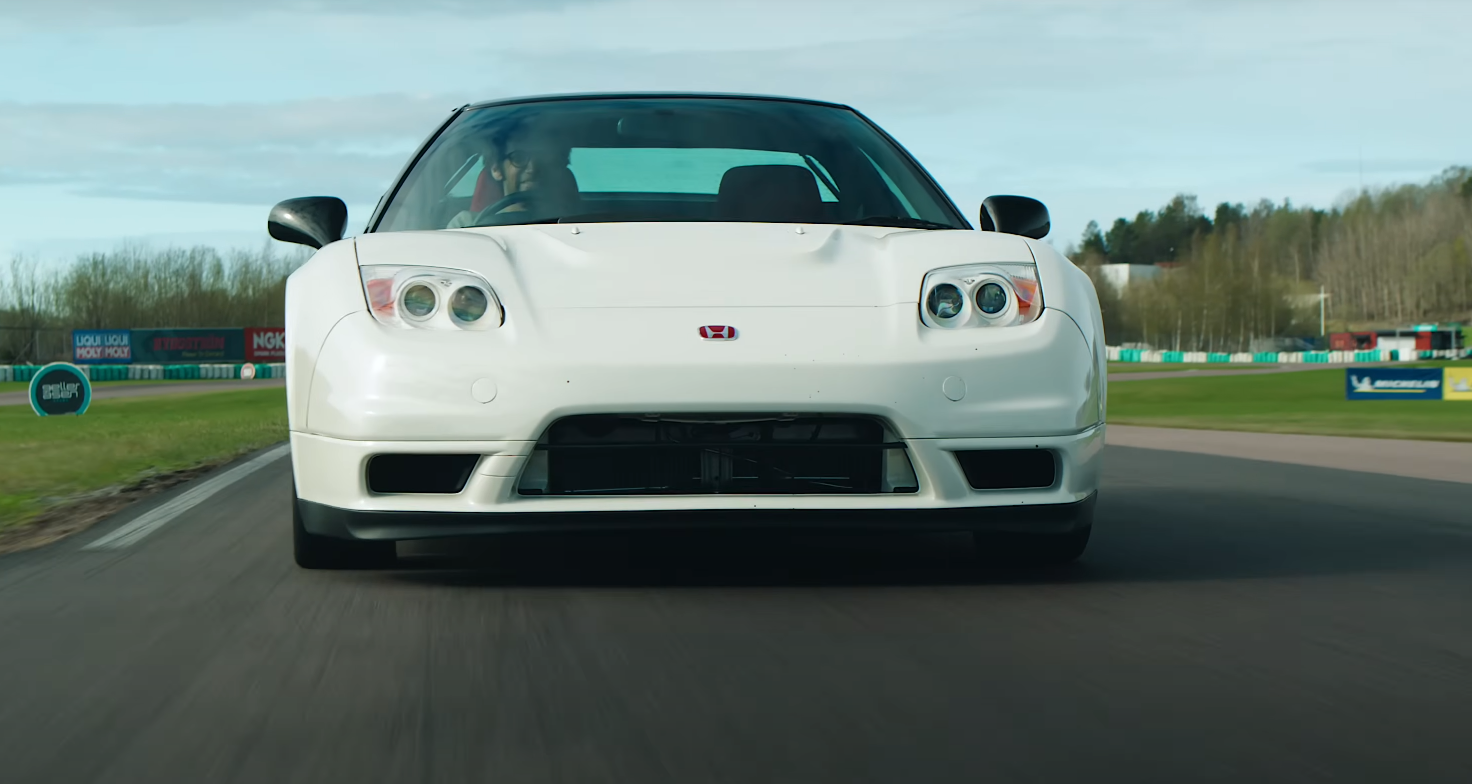With a new world record sale on Bring A Trailer of $109,200 (£86,818) including fees, the Honda S600 has officially entered the hall of collectable Japanese legends. The 1965 roadster in question had an exceptional pedigree: A comprehensively restored example that won best in show at the 2014 Japanese Classic Car Show in Long Beach, California, it had also been displayed at the Petersen Automotive Museum in Los Angeles. But all S600s are special: effervescent to drive, advanced for their time, and of outsized historical importance.
The diminutive S600 casts a long shadow. Launched in 1964, not only was it the first production car exported by the brand, but the coupe also was developed in a way that speaks to the speed with which Honda was reacting to the rapidly changing automotive industry in Japan. The design of the S600 is impressive even today: fully independent suspension at all four corners, a kerb weight of under 1600 pounds, and an all-aluminium, 606cc four-cylinder engine with a redline of 9500rpm and a power output of nearly 100bhp per litre.

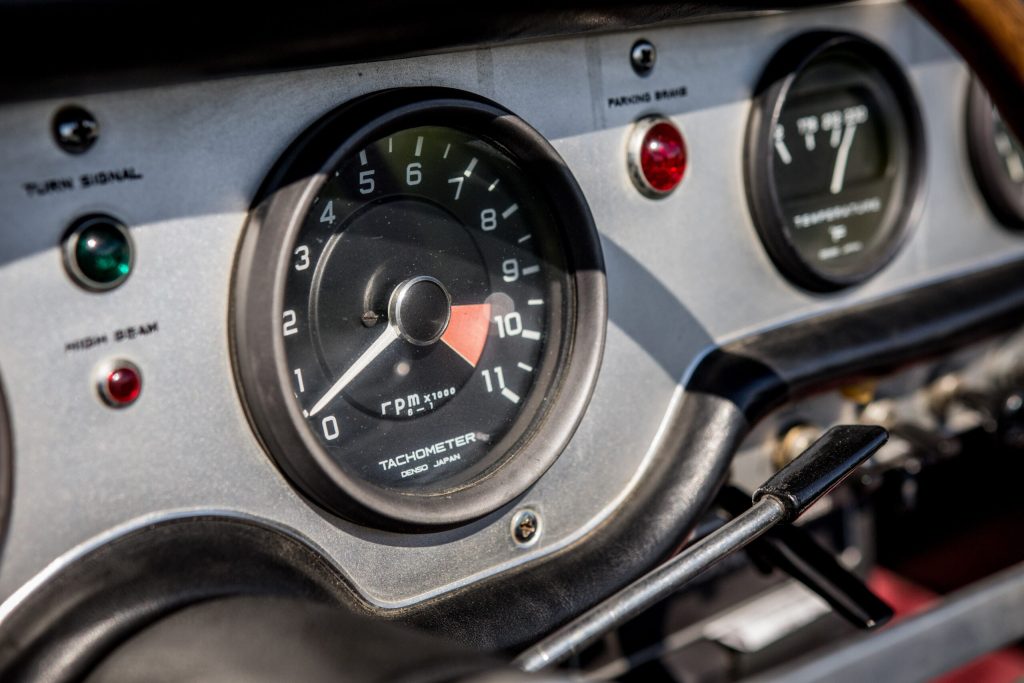
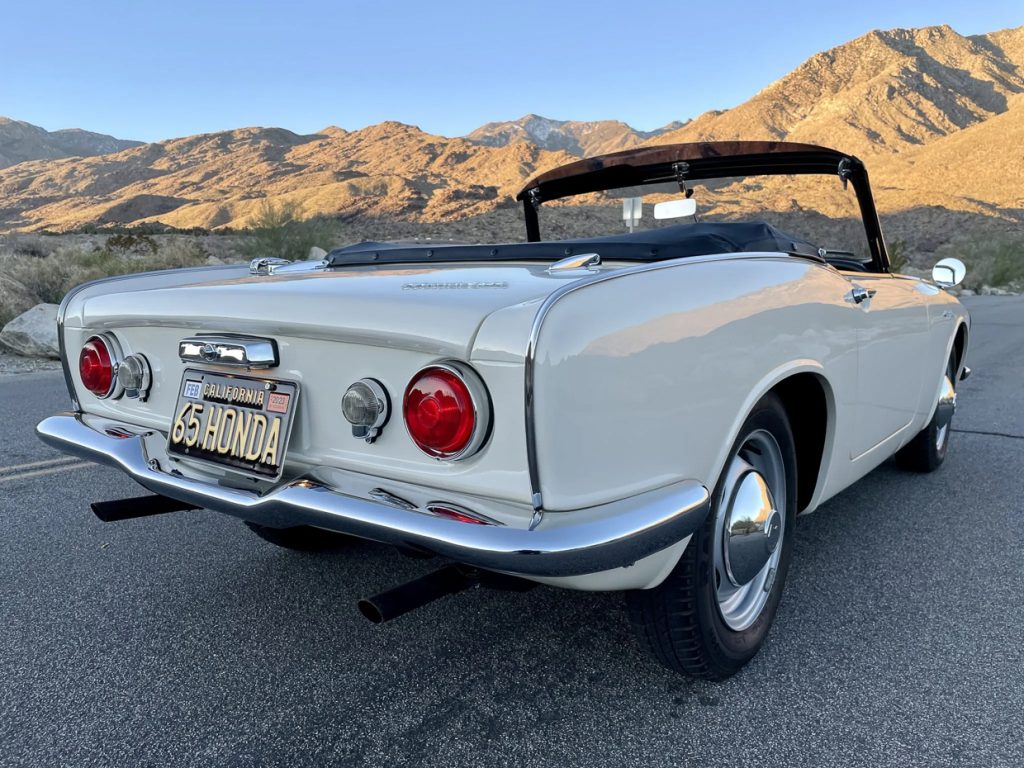
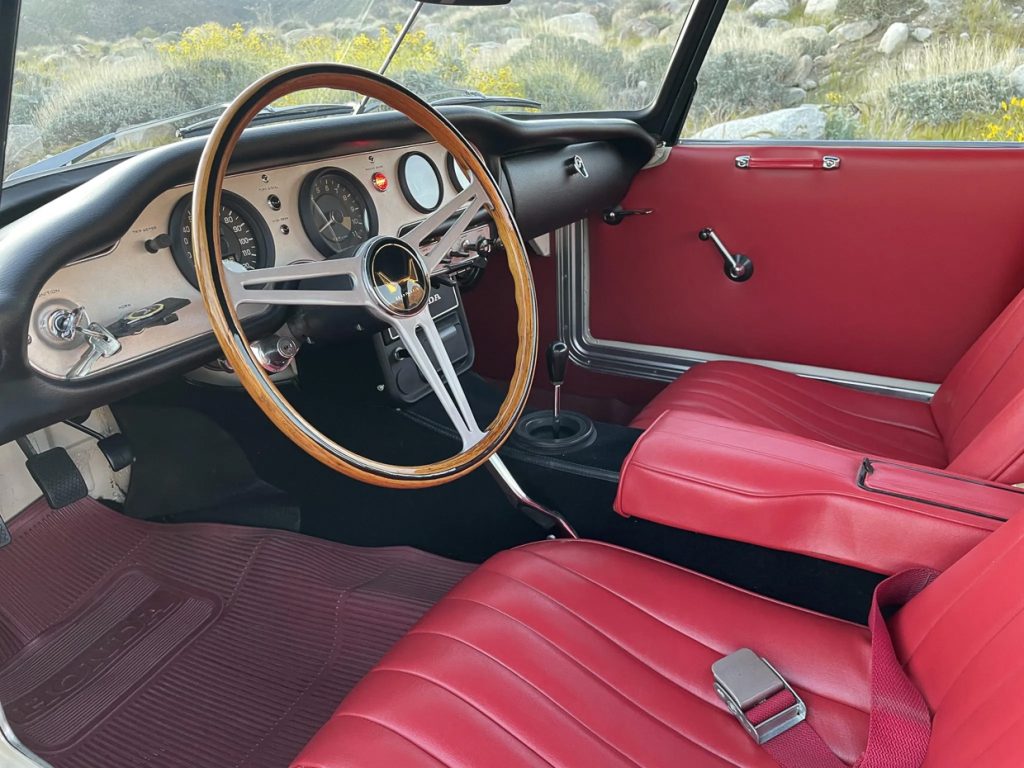
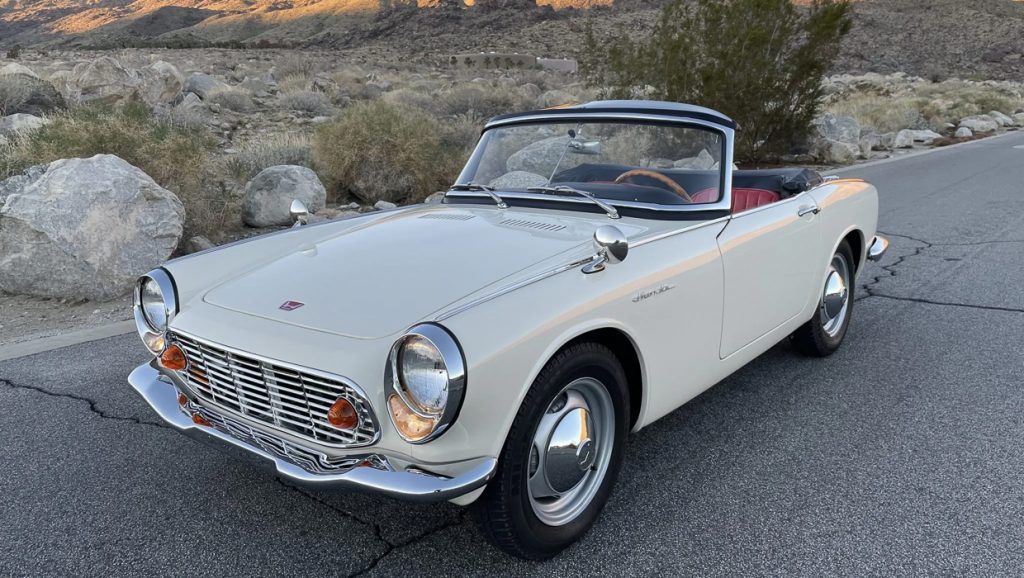
In its day, the S600 should have shocked the world with its capability. But this was the mid-1960s, long before the fuel crises of the ’70s would send buyers flocking to Honda dealerships. Though fictional, the Mad Men episode “The Chrysanthemum and the Sword” captures the sense of the bemusement with which US buyers must have received an export-specification S600: His firm having won the chance to compete for Honda’s planned automotive business, Roger Sterling mentions the sky-high redline of the little Honda, a figure to which Don Draper responds with, “What?” The S600 is dismissed as more motorcycle than car.
But that is the importance and the appeal of this tiny roadster: It is the bridge between Honda’s early motorcycle success and the brand’s ascendancy as an automaker. At the same time, S600 embodies the mercurial nature of Soichiro Honda, the founder of the company. The sports coupe wasn’t the first passenger vehicle produced by Honda. With most of Japan’s population getting around via bicycle or train in the 1960s, the company first built the T360, a tiny but practical pickup truck. Dr. Honda, however, wanted more.
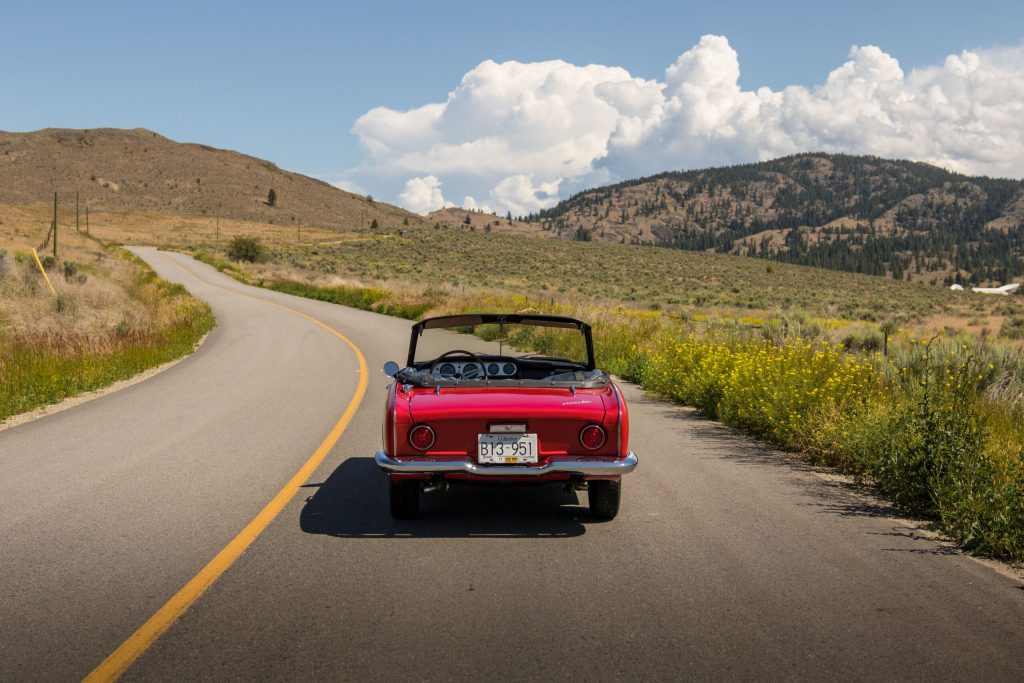
A longtime racing fan even before WWII, Soichiro wanted Honda to build a sports car. Shown next to the T360 in 1962, the S360 prototype roadster was a bold effort. The colour of its paint involved a rather public fight: Honda wanted his first sports car to wear bright red. At the time in Japan, red and white were reserved for emergency vehicles. Soichiro wrote newspaper columns about how ridiculous this restriction was and generally made such a nuisance of himself that the Japanese government relented. The production version of the S360, the S500, launched in a bright crimson that remains Honda’s official corporate colour.
You could call the S500 a production car, but with just over 1300 made, it’s as rare as a Ferrari F40. The S500 also suffered from various mechanical issues due to the high-strung nature of its quad-carburetted 531cc engine, which made 44bhp at 8000rpm. After a year, the S600 arrived with a bored-out, 57bhp version of the same engine, now supported by reworked cooling and oiling systems.
Honda’s sports car wasn’t perfect yet. In the summer of 1964, journalist and founder of Japan’s Car Graphic publication Shotaro Kobayashi bought a brand-new S600 and shipped it to Europe. The official purpose of the trip was for Kobayashi to attend Honda’s first foray into Formula 1, at the Nürburgring, but he also turned the expedition into a 7500-mile tour of all things automotive in Europe. Kobayashi hit up Monza and Spa, crossed over the Alps, stopped in at the Porsche factory to see the then-new 901 (later 911), and even managed to let Colin Chapman have a go in the S600.
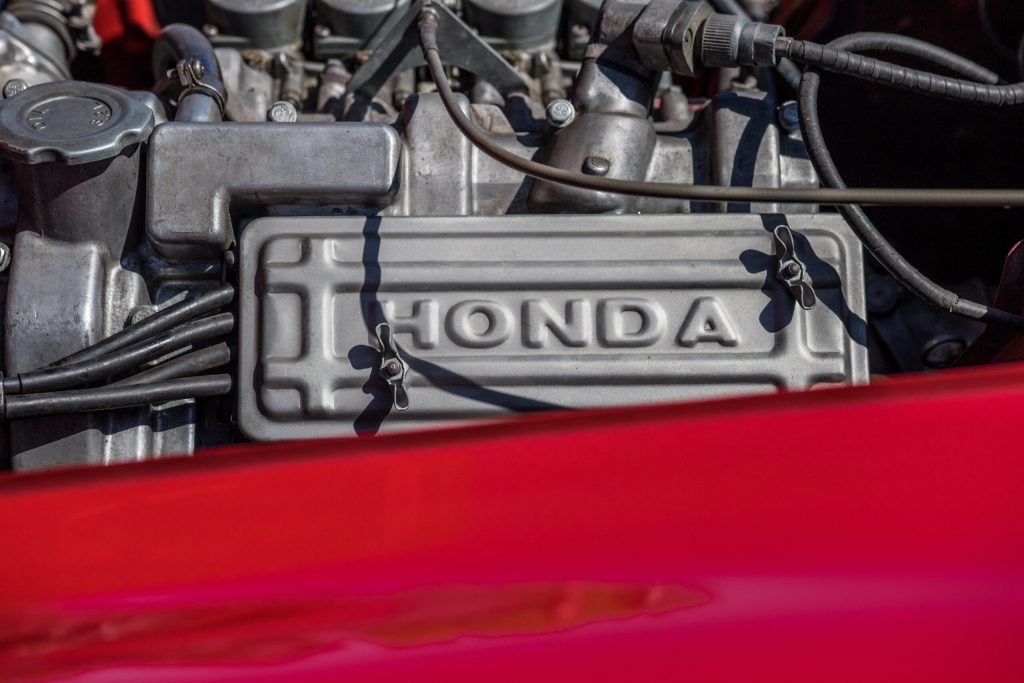
On the way back from the German Grand Prix, disaster struck. Piston three seized and the connecting rod went through the block. The culprit was a torn hose leading to one of the four Keihin carburettors. Luckily Honda just so happened to have a replacement engine in Belgium. (Rumour has it that Honda was so worried about the failure of Kobayashi’s well-publicised trip that the company had a car tucked away, on standby.) A reinforcement was applied to all subsequent production cars to prevent this tearing.
Honda built roughly 11,000 S600s between 1964 and 1966, with periodic revisions for greater reliability. Each one had that 9500rpm, four-cylinder hummingbird of an engine, and vestigial motorcycle features like twin chain drives, one for each independently sprung rear wheel.
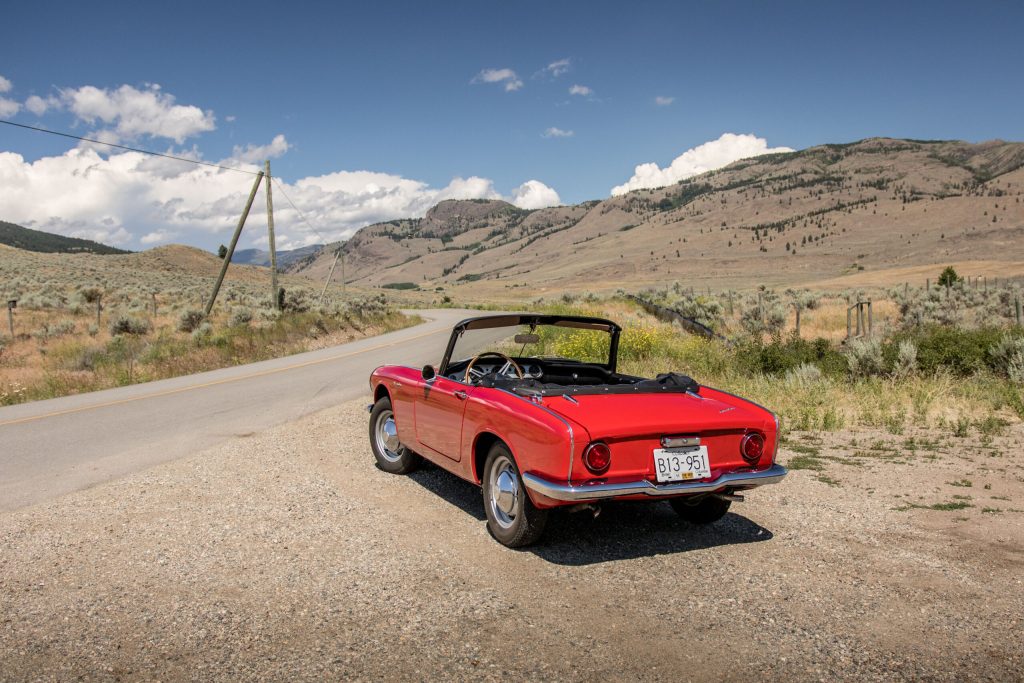
On the road, the main experience is a lack of inertia. If properly set up and tuned – something perhaps best left to a motorcycle mechanic – the four-cylinder engine doesn’t so much crank as it does switch on like a modern Honda generator. The kerb weight is near that of a Lotus Elan, although the suspension is a little softer. The brakes are drums at all four corners, but shedding speed is easy with so little weight on the move.
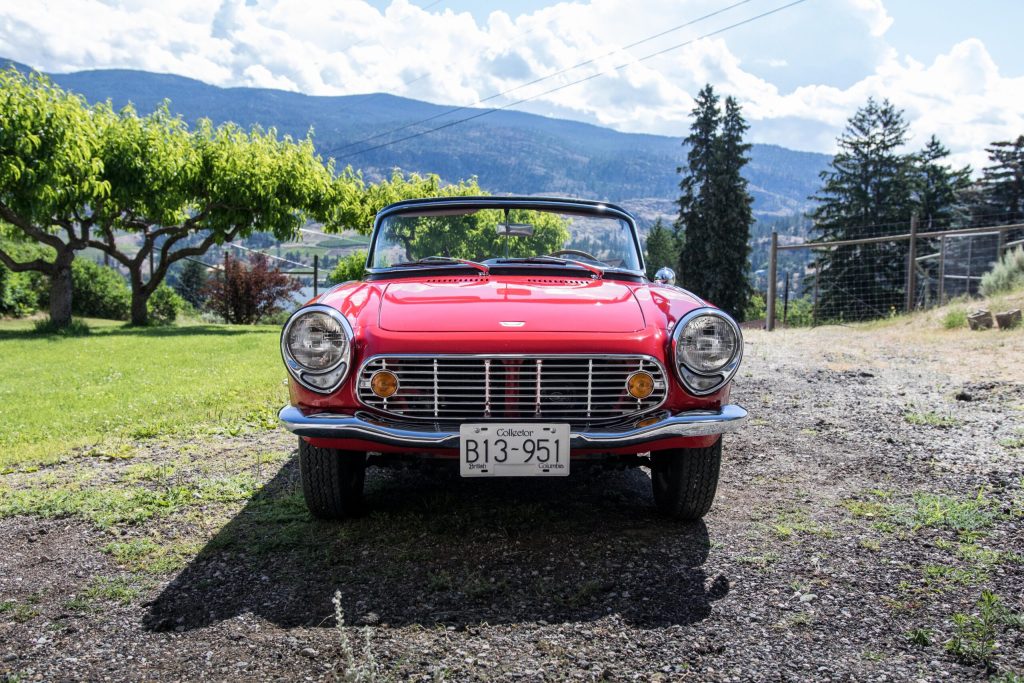
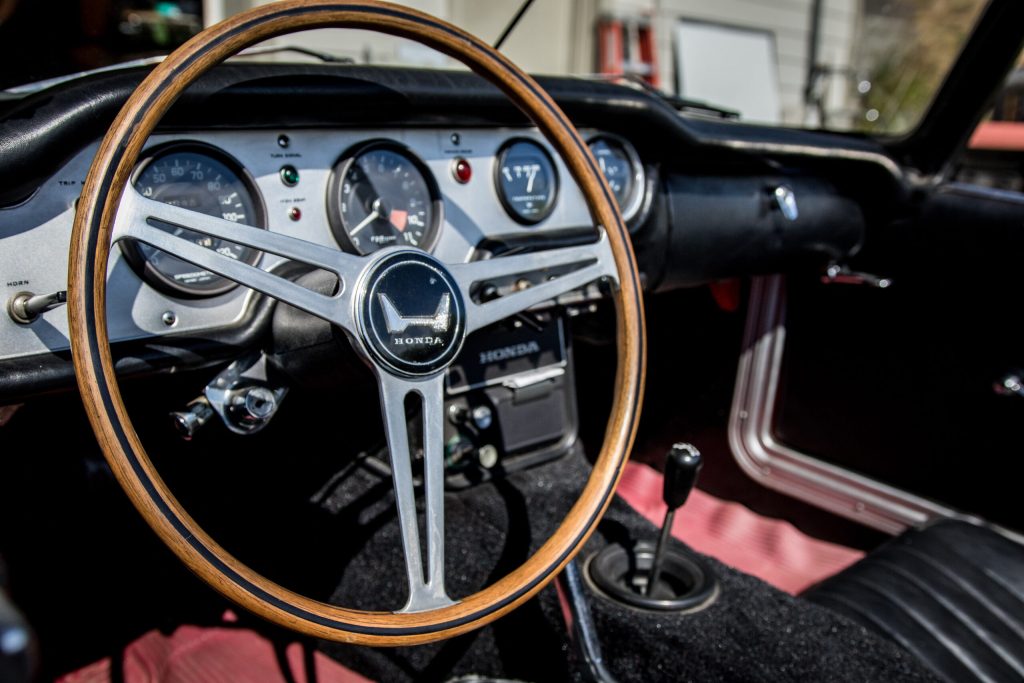
Recalibrating your brain to the sky-high rev range takes some getting used to. The tendency is to short-shift at 7000 or even 8000rpm; to have the most fun, you learn to keep your foot in it. Placing the car on the road is ridiculously easy, as it’s 25cm narrower than an original Miata, and anyone over six feet tall will loom out of the cockpit like one of Richard Scarry’s anthropomorphic bears driving a shoe car. Everything in a S600 smells and looks like the 1960s, but the car drives as you hope it will: like something far more modern.
The temptation is to liken the S600 to the equally revvy S2000, but you have to put both cars in context. The 21st-century screamer is the product of a fully mature Honda, a company that was still pushing the engineering envelope, but one that had an established global market share and broad product portfolio to back it up. The S600 was breathtakingly audacious in its time, and the way it screams through those quad-carbs near redline lets any S2000 know that Grandpa Honda is not one for a quiet retirement.
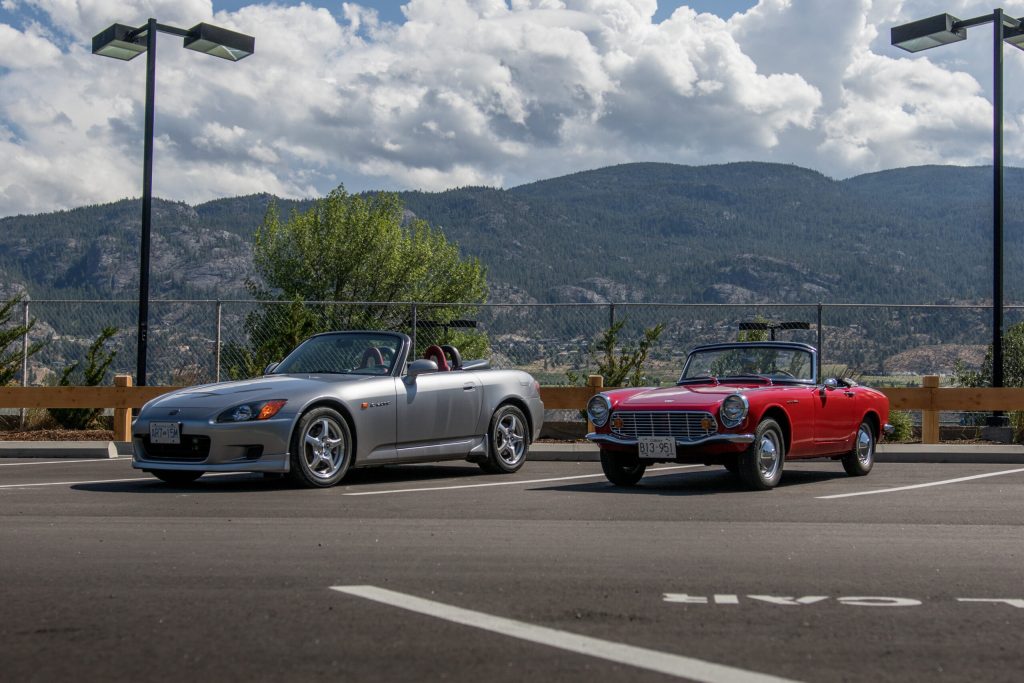
Soichiro’s follow-up to the S600 was the larger, front-wheel-drive Coupe 9, which ended up being a bit of a disaster in terms of company morale. The boss kept changing the car on the production line, and the engineers eventually rebelled. The later N600 hatchback (and of course the Civic), which was most Americans’ introduction to four-wheeled Honda products, was a lot more practical and easy to live with day-to-day.
S600s did make their way outside of Japan, arriving in Europe as official exports, and also into Canada. Canadian cars were sold through motorcycle dealers, and the first batch was likely shipped to Toronto in the summer of 1965. S600s are not common in Canada by any means, but since keeping one on the road requires some pretty skilled mechanical knowledge, and because parts were hard to come by in the pre-internet age, barn finds are not unheard of.
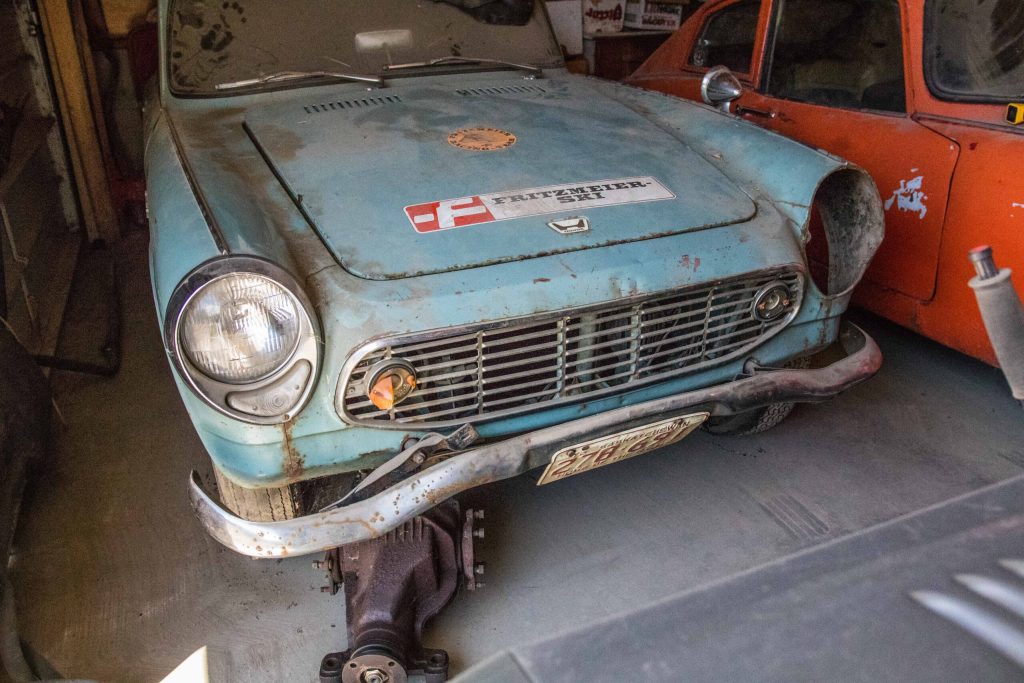
The other way to get into a left-hand-drive S600 is via Okinawa, which remained under US administration until the late 1970s. There, unlike in mainland Japan, cars drove on the right side of the road. There’s also a strong following for the S600 in Germany, buoyed by specialists like Michael Ortmann.
Arguably, the S800 that followed the S600 is an easier collectable to own and keep on the road: Later models ditched the rear chain drives for a more conventional axle. You can also get a later S800 with disc brakes up front, although you can also fit the discs to an earlier S600.
With values solidly established, bagging a bargain S600 is probably off the table these days. Finding and restoring one is a theoretically more accessible path, but these little cars are so delicate and precise that a lot of patience is required. The S600 might be the grandfather of the Honda Civic, but it’s not a Honda Civic.
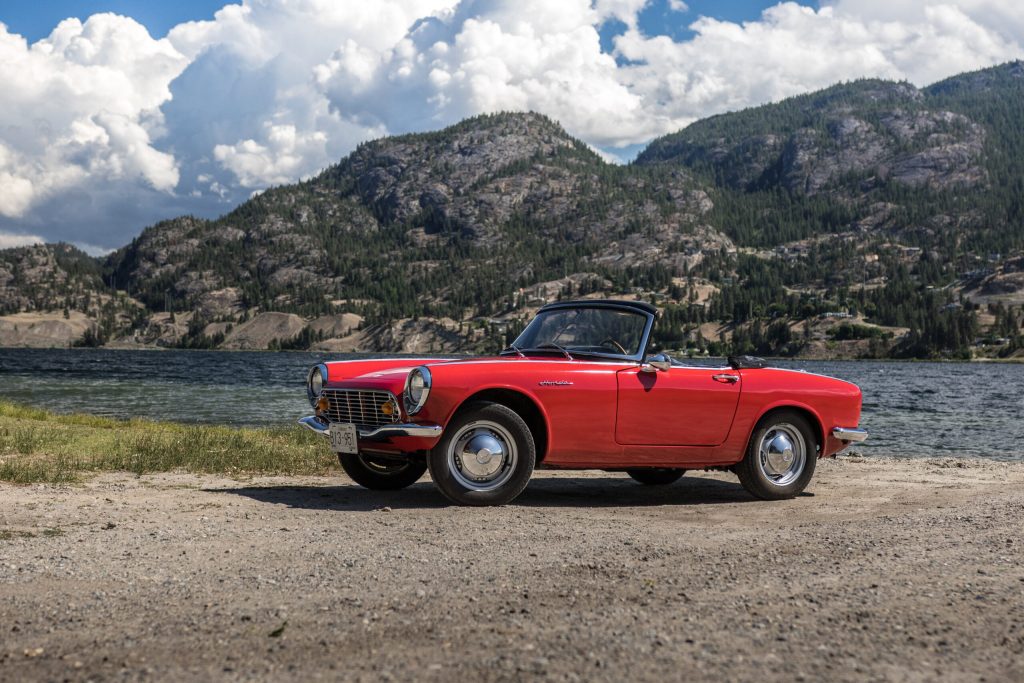
Against contemporary Japanese icons of the 1960s, the S600 punches well above its weight. It is less outlandish than the Mazda Cosmo, thought the Honda equals its Japanese compatriot for technological advancement. An S600 is nowhere near as rare and expensive as a Toyota 2000GT but shares its elegance and restraint.
The S600 offers a genuinely unique driving experience, a thrill that is laced with Soichiro’s maverick glee for speed. Six decades later, the coupe is a clear link in the bloodline running between the Super Cub and the NSX. The first car Dr. Honda sent out into the world may have been tiny, but it left a mark.


